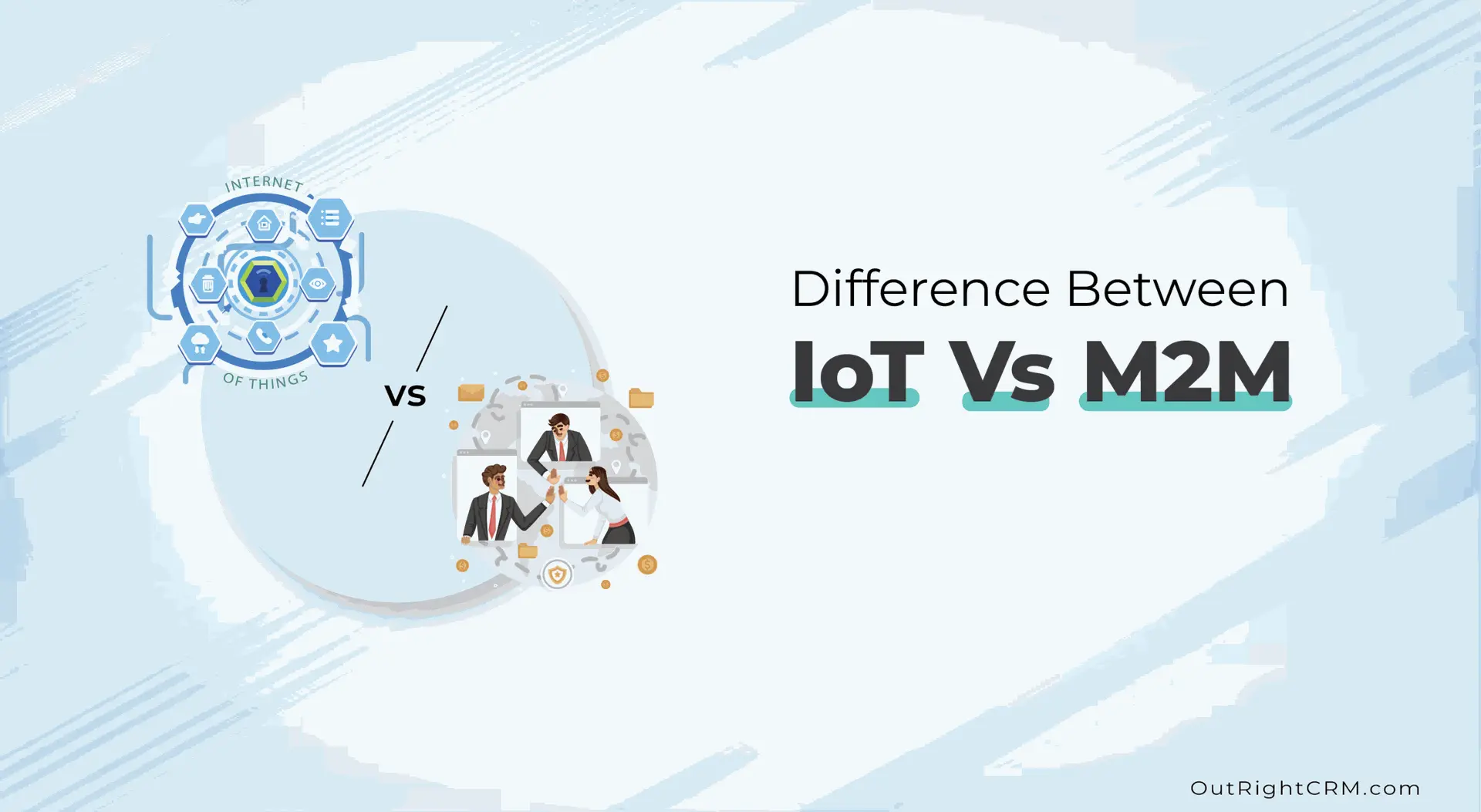
The terms Internet of Things (IoT) and Machine-to-Machine (M2M) are often used interchangeably, but they represent distinct concepts in the world of technology. While both involve communication between devices, their scope, architecture, and applications vary significantly. Understanding IoT vs M2M is essential to grasp the unique benefits each offers.
What is M2M?
M2M refers to direct communication between machines without the need for human intervention. It focuses on connecting devices through wired or wireless communication to perform specific tasks. For instance, a vending machine sending a notification to the supplier when it’s out of stock is a classic example of M2M.
Key characteristics of M2M include:
- Device-to-Device Communication: Operates on point-to-point communication.
- Limited Connectivity: Often uses cellular networks, radio frequencies, or other dedicated networks.
- Standalone Systems: M2M systems typically operate in isolation, not requiring integration with broader ecosystems.
M2M has been pivotal in industries like utilities, manufacturing, and logistics, where efficiency and real-time monitoring are crucial.
What is IoT?
IoT, on the other hand, is a broader concept that connects devices, sensors, and systems to the internet, enabling them to collect, share, and analyze data. It creates a network where devices can interact not only with each other but also with humans and software applications. For example, a smart home system that adjusts the thermostat based on weather forecasts is a prime example of IoT.
Key characteristics of IoT include:
- Internet Integration: Devices are connected to the internet, enabling global accessibility.
- Interoperability: IoT systems integrate diverse devices and platforms for seamless communication.
- Data Analysis: Advanced analytics and cloud computing play a significant role in deriving actionable insights.
IoT applications span a wide range, including healthcare, agriculture, smart cities, and consumer electronics.
IoT vs M2M: Key Differences
- Scope:
- M2M focuses on device-to-device communication for specific tasks.
- IoT creates a networked ecosystem with diverse devices and applications.
- M2M focuses on device-to-device communication for specific tasks.
- Connectivity:
- M2M often uses dedicated networks.
- IoT relies on the internet and supports cloud integration.
- M2M often uses dedicated networks.
- Scalability:
- M2M systems are less scalable and operate in silos.
- IoT systems are highly scalable, supporting millions of devices.
- M2M systems are less scalable and operate in silos.
- Data Usage:
- M2M primarily uses data for operational tasks.
- IoT emphasizes data-driven insights and predictive analysis.
- M2M primarily uses data for operational tasks.
Conclusion
While both IoT and M2M have revolutionized connectivity, their differences lie in their scope, functionality, and purpose. M2M excels in direct machine communication, while IoT enables an interconnected, intelligent ecosystem. Understanding IoT vs M2M helps businesses leverage the right technology for their unique needs.